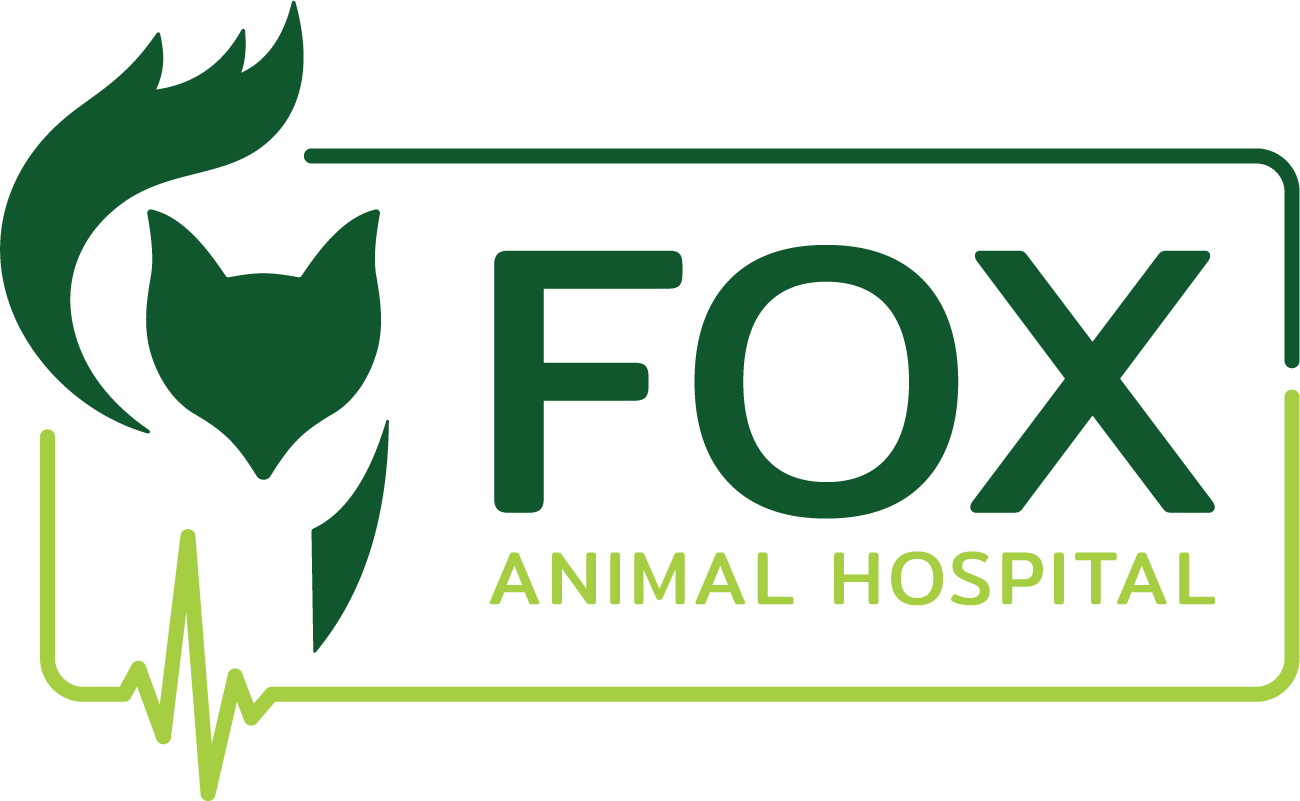Library
-
Bromfenac ophthalmic is a topical eye NSAID (Non Steroidal Anti-Inflammatory Drug) used off-label in in a variety of animal species to treat inflammation of the eye. It is often used post-operatively in animals who have undergone cataract surgery. It may also be used to treat allergic eye conditions such as conjunctivitis.
-
Bromides are given by mouth and are used off label to treat seizures in dogs. Common side effects include sleepiness, mild vomiting, restlessness, increased or decreased appetite, constipation, increased thirst, and increased urination. Do not use bromides in cats or in pets that are allergic to it. If a negative reaction occurs, please call your veterinary office.
-
Brucellosis is a contagious bacterial infection that can cause a number of reproductive problems, including infertility and abortion in breeding dogs. Male dogs infected with brucellosis develop epididymitis, an infection of the testicle. Female dogs infected with brucellosis develop an infection of the uterus. The infection is usually diagnosed by a blood test (rapid slide agglutination test). Treatment with antibiotics is not significantly effective and infected dogs should be removed from the breeding population. In the United States, brucellosis is a reportable disease.
-
It is estimated that over 80% of dogs over the age of three have periodontal disease (infection of the tissues surrounding the teeth). Brushing three times a week is the minimum recommendation to help remove plaque and prevent tartar accumulation. To be successful at brushing your dog's teeth, you must make it a positive experience for both of you. Do not use human toothpaste or baking soda. A list of dental products and diets that have been accepted by the Veterinary Oral Health Counsel can be found on www.vohc.org.
-
Budesonide is a glucocorticoid (steroid) most often given by mouth in the form of a capsule to treat inflammatory bowel disease off label in dogs and cats. Common side effects include increased appetite, thirst, or urination, as well as lack of energy, weakness, panting, skin and haircoat changes, and weight gain. Do not use this medication in pets allergic to it, and use with caution in pets with gastrointestinal ulcers, diabetes, infection, or cataracts. If a negative reaction occurs, call your veterinary office.
-
The fastest way to examine large numbers of white blood cells is to look at a buffy coat smear. One of the most important cells to look for in a buffy coat is called a mast cell. Mast cells play an important role in allergies and related conditions. Mast cells can also form into tumors.
-
Buprenorphine is used on and off label and is given by mouth into the cheek or by injection to treat pain or as a preanesthetic. The most common side effect is sleepiness. Do not use in pets that are allergic to it or other opioids, or in pets being treated with amitraz. If a negative reaction occurs, please call your veterinary office.
-
A burn is a type of skin injury, commonly caused by heat, fire, or chemicals. Burns are classified based on how many layers of skin are affected; this classification scheme can help predict prognosis. Treatment of burns varies, depending on the severity of the burn and how much of the body is affected. Superficial burns may heal without treatment, while more severe burns may require hospitalization and possible skin grafts.
-
Burr tongue is (also called burdock tongue, granular stomatitis, and granulomatous glossitis) is caused by ingestion of the burrs from the burdock plant. Burr tongue is most seen in long-haired dogs when they accidentally traumatize their tongue and mouth on the burrs during grooming. The hooked scales of the burrs become embedded in the tongue and gums and cause an intense foreign body reaction.
-
Buspirone is given by mouth and is used off label to treat behavior disorders in dogs and cats. Common side effects include increased friendliness or aggression, sleepiness, decreased appetite, nausea, or a slower heart rate. Do not use in pets that are allergic to it or have recently worn a flea/tick collar. If a negative reaction occurs, please call your veterinary office.

